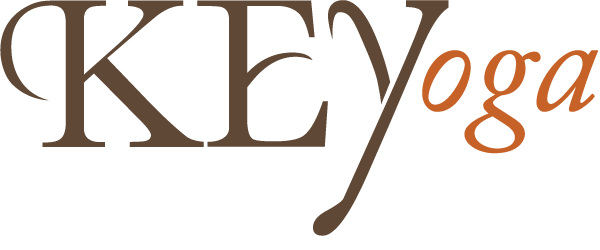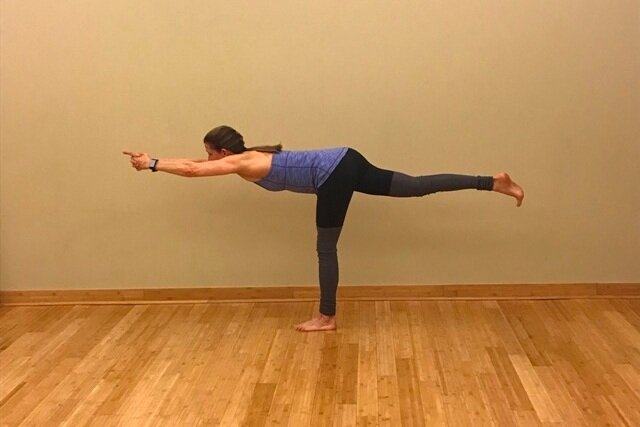Chapter 2 – Sadhana Pada: The Chapter on Practice. Y.S. 2.49
Tasmin satisvasa prasvasayoh gativicchedah pranayamah
Tasmin - on this
sati – being accomplished
svasa – inbreath, inhalation
prasvasayoh – outbreath, exhalation
gati – movement, motion, path
vicchedah – cessation, stop
pagepranayamah – regulation.
Pranayama is the regulation of the incoming and outgoing flow of breath with retention. It is to be practiced only after perfection in asana is achieved.
Y.S. 2.50 Bahya abhyantra stambha vrttih desa kala samkhyabhih paridrstah dirgha suksmah
Bahya - external
abhyantra - internal
stambha – restraint, pause
vrttih - movement
desa - place
kala – tme, duration
samkhyabhih – number, precision
paridrstah – regulated, measured
dirgha – long in place and time, expansion
suksmah - subtle, soft
Pranayama has three movements: prolonged and fine inhalation, exhalation and retention; all regulated with precision according to duration and place.
Y.S. 2.51 Bahya abhyantra visaya aksepi caturthah
Bahya - externalabhyantra - internal
visaya – region, sphere,real
maksepi – passing over, overcoming, transcending
caturthah - the fourth
The fourth type of pranayama transcends the external and internal pranayamas and appears effortless and non-deliberate.
Y.S. 2.52 Tatah ksiyate prakasa avaranam
Tatah – from that, then
ksiyate – destroyed, dissolved
prakasa - light
avaranam – covering
Pranyama removes the veil covering the light of knowledge and heralds the dawn of wisdom.
Y.S. 2.53 Dharanasu ca yogyata mansah
Dharanasu - for concentration
ca - and
yogyata - fitness, suitability, appropriateness
mansah – of the mind
Then the mind becomes fit for concentration.
“Pranayama is to yoga as the heart is to the human body.” – BKS Iyengar
The word pranayama consists of two components, prana which is energy and ayama which means stretch, extension, expansion, regulation, restraint and control.Our breath can be both conscious and unconscious.
Fortunately our breath can be on auto pilot while we are doing other things. But we can also control our breath. When we are stressed, we can slow down and take a conscious breath. If we are feeling sluggish, we can invigorate ourselves with a few deep breaths. Our breath is an indicator of how we feel and we can influence how we feel with our breath.The breath is our primary way of interacting with the universe. When we are born we inhale and draw the world into our lungs. When we die we exhale our energy back into the universe. The ancient yogis said that we were allotted a certain number of breaths and when we used them up, we used up all of our life energy and we would die.We all know that stress saps our life energy and deep breathing can calm us down. Pranayama is a way of harnessing that life force energy. Through the practice of Pranayama we learn to control the breath, slow it down and lengthen it to help us turn inward.As Patanjali states in these sutras, first asana must be accomplished. The body must be fit and strong to be a good container for the breath. But the practice of pranayama must be done carefully to not upset the nervous system.






